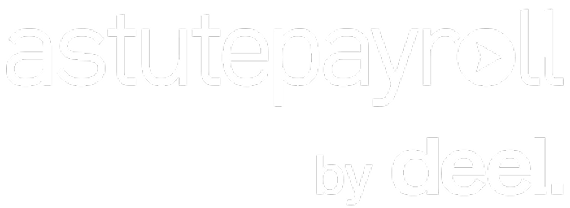What is a Pillar Page?
When it comes to content, a website can have a lot of it! Even small websites can have quite a few pages. In SEO, a pillar content refers to a comprehensive, in-depth piece of content that covers a broad topic related to your niche. This page serves as the main page (or Pillar) for a specific target, linking to various subtopics or related articles—often referred to as cluster content or a content hub.
Why are Pillar Pages Important?
- Establishes Authority: Pillar pages allow you to fully cover a subject, telling search engines that your website is a valuable resource on that topic. By providing in-depth information and strategically linking to relevant subtopics, you can establish yourself as an authority, which can lead to higher rankings in search results. Over time, users will come to see you as a go-to source for information, leading to increased loyalty and repeat visits!
- Organises Internal Links: Pillar pages serve as a central hub for your content, effectively organising your internal linking structure. By linking related articles to the pillar page and vice versa, you create a clear pathway for both users and search engines to navigate your site.
- Improves User Experience: A well-structured pillar page offers users a seamless experience by presenting comprehensive information in one place. Visitors can easily also find related content, making it more likely they’ll spend more time on your site. This reduces bounce rates and increases the chances of quality leads – whether that’s signing up for a newsletter, downloading a resource, or making a purchase.
What Makes a Good Pillar Page?
- Detailed Coverage and Information: Ensure your pillar page provides detailed information on the topic. No matter the length, aim for high-quality content that genuinely helps your readers.
- Logical Structure: Organise your content with clear headings and subheadings. Break up text with images and interactive elements. This not only enhances readability but also helps search engines crawl your page more efficiently.
- Internal Linking: Include links to your cluster content throughout the pillar page. This helps users find related information and strengthens the overall structure of your website.
- Don’t Forget Visuals: Incorporate images, charts, and videos to break up the text and make the content more appealing, easy to navigate and engaging.










